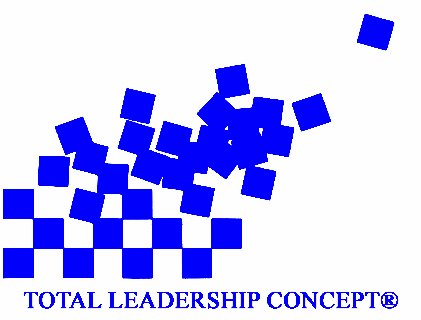
Abilities
Arousal
Attitude
Behavior
Beliefs
Competencies
Engagement
Environment
EI
Experience
Feelings
Intention
Motivation
Nature and genes
Organization
Performance
Performance Improvement
Performers
Process
Results
Skills
Social Pressure
Talent
Understanding
Values
The first step of process definition is to identify the boundaries. This is where the process begins and ends. The beginning of a process starts with a trigger that causes a specific action to be taken by a person, another process, or work group. The ending occurs when the results get passed on to another person, process, or work group.
The beginning trigger starts when someone performs an action on an input that they receive from a supplier (another work group, vendor, or person). The input can be physical, such as raw material, parts, a person to be interviewed, etc.; or information, such as a computer printout, request form, etc. The ending trigger is when the results of the process is passed on to the customer (another work group, person, or outside customer). The output can be physical, such as a television set, new hire, etc.; or information, such as a typed letter, grant, etc.
Notice that every person at every level has two roles:
- The role of customer
where they receive a trigger from a supplier (either external or internal).
- The role of supplier where they pass the result on to a customer
(either external or internal).
Process Definition lists what happens between the start and end points. It includes all the activities performed by each department, group, or person who are involved in the process. Activities are the major "works" that transform an input into an output. A process rarely has more than six major activities.
For example, a simple sales process might include, Introduce Services, Identify Customer Needs, Suggest Solutions, Articulate Benefits, Negotiate a Proposal, and Close the Sale.
Many processes do not stay in one department, but may span across several departments. For example, a new candidate gets selected by the Recruiting Department, is interviewed by Manufacturing and Sales, and is then hired by Human Resources. The chart below shows how processes can span across several areas:
Vendor |
Dept
1 |
Dept
2 |
Dept
3 |
Customer |
|
Process
1 |
xxxxxxxxxxxxxxxx |
xxxxxxxxxxxxxxxxxxxxxxx | xxxxxxxxxx | ||
Process
2 |
xxxxxxxxxxxxxxxxxxx |
xxxxxxxxxxxxxxxxxxxxxxx | xxxxxxxxxxxxxxxxxxxxxx | xxxxxxxxxxx |
|
Process
3 |
xxxxxxxxxxxxxxxx |
xxxxxxxxxxxxxxxxxxxxxxx | xxxxxxxxxxxxxxxxxxxxxxx | xxxxxxxxxx |
|
Process
4 |
xxxxxxxxxxxxxxxxxx |
xxxxxxxxxx |
When listing the activities, do NOT analyze the process, just describe it. One effective way of doing this is to first create a matrix on a large board. Title the horizontal axis with the major steps or departments and the vertical axis with a timeline.
Then list each activity performed by each department, group, or individual on a separate Post-It Note. Start the statement on each Post-It note with a verb. For example:
- Cuts boards into 12 inch
sections.
- Types customer's address into the order-entry database.
- Assembles circuit board.
- Selects candidate for interview.
Next, assemble the Post-It Notes on the board in the sequence they are performed. Highlight the inputs and outputs for - easy identification. Your matrix should show:
- The process goals.
- The process boundaries (start and stop points).
- The process flow.
- Resources, such as material, people, time, and equipment.
- The process inputs and outputs (physical or information).
- The process customers and suppliers (internal and external).
There are several methods for laying out the models. The most common way is in a linear fashion by activity. For an example see Process Map.
A second method is by hierarchy. This type of model works best when there are a lot of details in the process. For an example see Hierarchy Process Map.